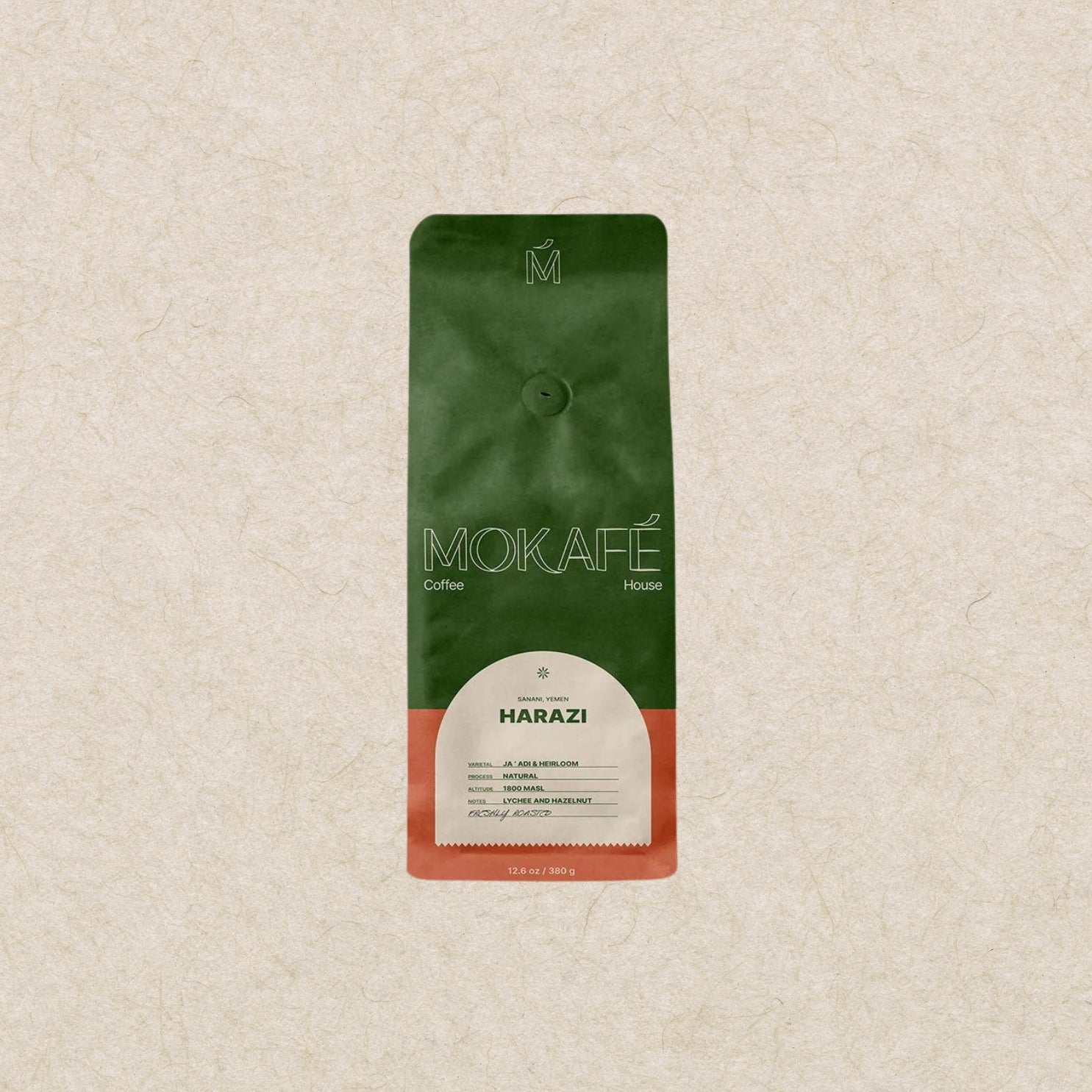Picture this: the sun beating down, beads of sweat forming, and an unrelenting heat leaving you yearning for a refreshing escape. You want your caffeine fix, but a hot drink is far from palatable. In those moments, a latte iced coffee becomes not just a beverage but a lifeline, offering a rejuvenating caffeine hit that cools you from the inside out.
Iced coffee lattes have become a favorite amongst coffee enthusiasts, offering a refreshing twist to classic espresso-based beverages. In this comprehensive guide, we'll delve into the origins, step-by-step recipes, milk choices, caffeine content, and fascinating facts surrounding the delightful iced latte.
The History of Iced Coffee
In the records of coffee history, the first documented appearance of iced coffee takes us to Algeria, where a concoction known as mazagran or masagran was created. This sweetened and chilled coffee beverage is credited to the French military during the Battle of Mazagran. Faced with the challenge of depleted milk supplies, the resourceful soldiers turned to cold coffee, adding water to combat the scorching heat of battle. The innovative drink made its way back to Paris, where Mazagran veterans advocated for its inclusion in cafés, recommending it be served in tall glasses. Thus, café mazagran was born, a testament to the French penchant for introducing the world to delightful culinary innovations.
What is a Latte Iced Coffee?
Iced lattes are chilled coffee beverages that seamlessly blend espresso's rich and robust flavors with cold milk over a generous amount of ice. The result is a cool, velvety beverage that retains the distinctive taste of a traditional latte while providing a refreshing respite, especially during warm weather.
History of the Iced Latte Drink
The history of the iced latte can be traced back to the rise of iced coffee in the United States during the late 19th century. Initially, it was a simple concoction of chilled coffee poured over ice. However, as we know it today, the iced latte gained popularity in the late 20th century when espresso culture boomed, and baristas began experimenting with iced variations of classic espresso drinks.
How to make an iced coffee latte: A Step-by-Step Recipe
:
Crafting the perfect iced caffe latte recipe is an art that involves a few simple steps:
-
Brew Espresso:
Start by brewing a strong shot (or shots) of espresso using your preferred method.
-
Sweeten (Optional):
Add sweetener to taste, if desired. Simple syrup or flavored syrups can be excellent choices.
-
Cool Espresso:
Allow the espresso to cool to room temperature.
-
Fill with Ice:
Fill a glass with ice cubes, leaving enough space for the milk and espresso.
-
Pour Espresso Over Ice:
Gently pour the cooled espresso over the ice.
-
Add Milk:
Choose your milk of preference (more on that next) and pour it over the espresso.
-
Stir (Optional):
Give it a gentle stir to ensure the flavors are well-mingled.
-
Enjoy:
Your homemade iced latte is ready to be enjoyed!
What Kind of Milk Should You Use In Your cold latte recipes?
The choice of milk can significantly impact the flavor and texture of your cold latte recipe. Common options include:Whole Milk:
Offers a rich and creamy texture, enhancing the latte's indulgence.
Skim or Low-Fat Milk:
Provides a lighter option with less fat content.
Almond Milk:
Adds a nutty flavor and is suitable for lactose intolerant people.
Oat Milk:
Known for its natural sweetness and creamy consistency.
Soy Milk:
Offers a neutral taste and complements the espresso well.
Frothing Milk? How do you make an iced latte?
While frothing milk is standard for hot lattes, it's optional for iced lattes. Some enthusiasts prefer frothing for a creamier texture, while others enjoy the straightforward, chilled combination of espresso and cold milk. Does Latte Iced Coffee Have Caffeine?
Yes, an iced latte contains caffeine from the espresso. The amount of caffeine depends on the number of espresso shots used. On average, a single shot provides around 63 milligrams of caffeine.
Conclusion
Now that you know how to make iced coffee latte remember that the beauty of this beverage lies in its versatility. Whether you savor the traditional simplicity or get creative with flavor additions, the iced latte offers a delightful canvas for your coffee cravings.Mokafe's premium Yemeni and Guatemalan coffee beans transform your coffee experience. We ensure ethical and traceable origins with our beans directly from small traditional coffee farms. Our commitment is to bring the joy of diverse flavor profiles, captivating aromas, and rich textures to your cup. When you choose Mokafe, you're embracing an authentic Arabica experience. So, whether you're brewing your favorite espresso-based beverage or savoring your homemade iced coffee latte recipes, trust Mokafe for the purest coffee delight.




